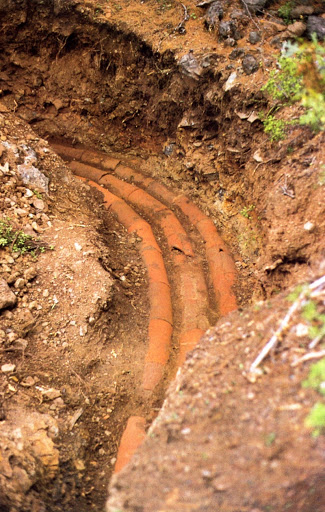Beautiful 3D reconstruction of the acropolis of Pergamon, one of the largest cities of the ancient world. Building something of this size is one thing, but how did they supply a city built on top of a 350m tall mountain without springs in an arid climate?
The water infrastructure of Pergamon was a wonder of the ancient world. At first they used cisterns to store rainwater, but the city quickly outgrew what they could possible hope to harvest and store, so they dug deep wells, so deep they could only be used for emergencies... 

In the 2nd century B.C. they built a system of clay pipes connecting a series of natural springs up to 25km away to two sediment basins 4km away from the acropolis, at a height of 376m. But the acropolis was separated from the reservoir by a deep valley. How to get water across? 





It was impossible to build the normal aqueduct over the valley, so the solution was to use a lead pipe with an inner dimension of 20cm, in effect the first and greatest pressurized water system of the ancient world: 45 liters of water per second, or 3,900m³ per day. 

In effect, where the water came out on top of the acropolis, it would have looked like a modern fire hose open at full blast, 24 hours a day, 7 days a week, for hundreds and hundreds of years. It was even enough to run a world famous spa and health bath resort, an aesklepion. 

At its peak in 200 A.D. Pergamon had a population of about 200,000, but by this time water was also supplied via the common aqueducts (thank you, Pax Romana). 

People who lived in this city would have had great physique, the hill is so steep many of the streets are sharply zig zag and most streets are fully or partly stairs. Homes were built to face the south to maximize solar gain and heat in winter. Very good economics here. 





• • •
Missing some Tweet in this thread? You can try to
force a refresh




































